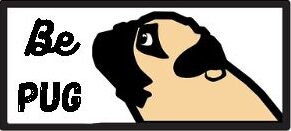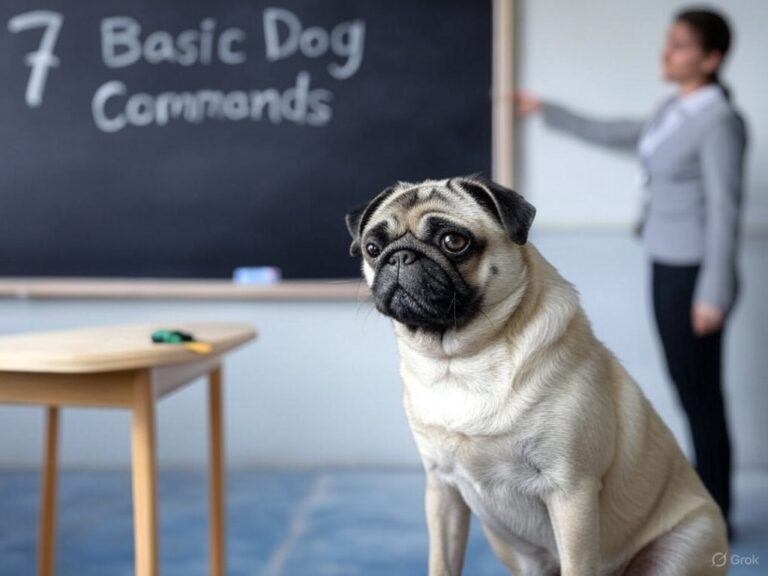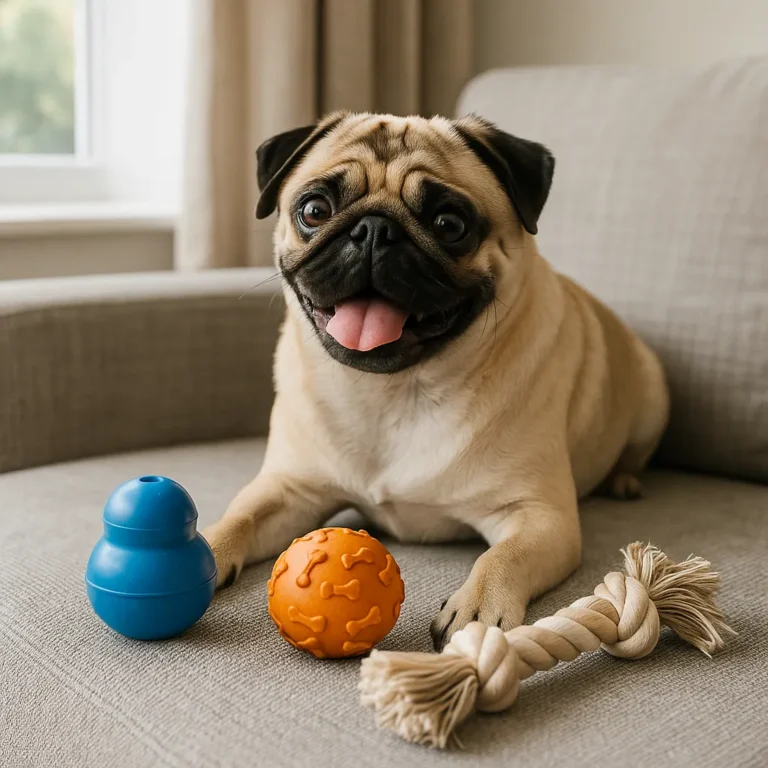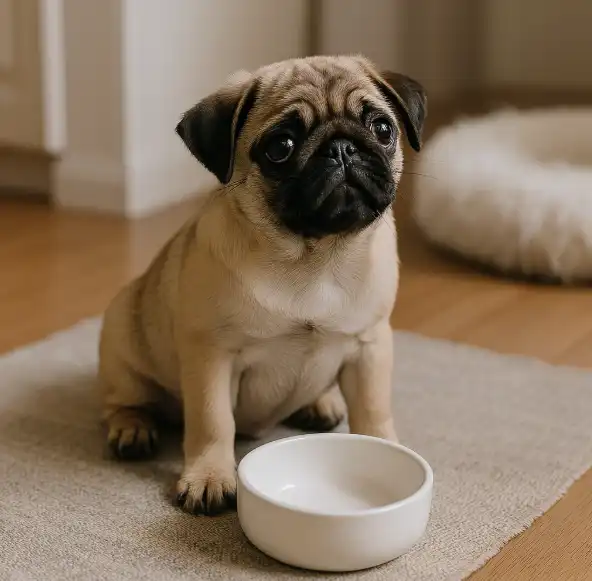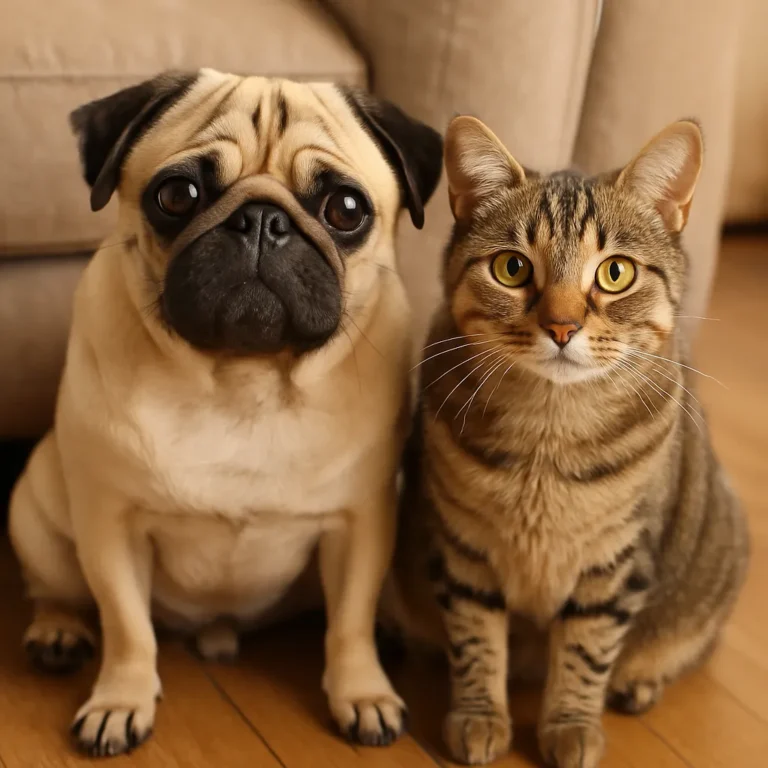Why Do Pugs Snort? Understanding the Quirky Sound

Disclosure: This post contains affiliate links. As an Amazon Associate, I earn from qualifying purchases—at no extra cost to you.
Pugs are undeniably charming with their wrinkled faces, expressive eyes, and playful personalities. However, if you’ve ever owned a pug or spent time around one, you’ve likely heard their signature snorting sound. While this behavior can be amusing, many pug owners wonder why it happens and if it’s something to be concerned about.
The Anatomy Behind the Snort
Pugs are a brachycephalic breed, meaning they have flat faces and short skulls. This unique anatomy compresses their nasal passages, making airflow more difficult than in longer-nosed dogs. As a result, pugs are prone to snorting, snoring, and other breathing noises.
Their compact airways mean that even minor irritations, such as dust or excitement, can trigger a snort. Additionally, their soft palates (the tissue at the back of the throat) are often elongated, further contributing to their distinctive sounds.
Common Triggers for Pug Snorting
While pug snorts are generally harmless, certain situations are more likely to cause this behavior:
1. Excitement or Playtime
Pugs can get overly excited when they’re playing, greeting family members, or even anticipating a treat. This excitement can cause rapid breathing, triggering a snort.
2. Allergies and Irritants
Dust, pollen, or strong scents can irritate a pug’s nasal passages, causing snorting fits. Since their airways are already narrow, even mild irritants can make a big impact.
3. Reverse Sneezing
Pugs are particularly prone to reverse sneezing — a sudden, loud inhaling sound that resembles a snort. This is often triggered by excitement, eating too fast, or irritation in the throat. Though it sounds alarming, reverse sneezing is usually harmless.
4. Weight Issues
Pugs are prone to obesity, and excess weight can worsen breathing difficulties. Maintaining a healthy weight is essential to reducing snorting and improving their overall well-being.
5. Sleeping Position
Pugs often snort more when they sleep, especially if they’re lying in positions that restrict their airflow. Side sleeping or raised head positions may help reduce this.
How to Minimize Snorting
Although pug snorting is usually normal, there are steps you can take to keep their breathing as smooth as possible:
- Keep your pug at a healthy weight to reduce pressure on their airways.
- Use a harness instead of a collar to avoid putting strain on their neck and throat.
- Maintain a clean environment to minimize dust and allergens.
- Monitor exercise levels to avoid overexertion, especially in hot weather.
- Schedule regular vet visits to catch potential respiratory issues early.
When to See a Vet
While occasional snorting is typical for pugs, excessive or labored breathing could signal a more serious issue. If your pug appears distressed, struggles to breathe, or has frequent coughing or gagging, consult your veterinarian immediately.
Conclusion
Pug snorts are part of their adorable charm, but understanding why they snort can help you manage their health better. By keeping their environment clean, managing their weight, and recognizing potential triggers, you can ensure your pug’s snorts are nothing more than their quirky personality shining through.
